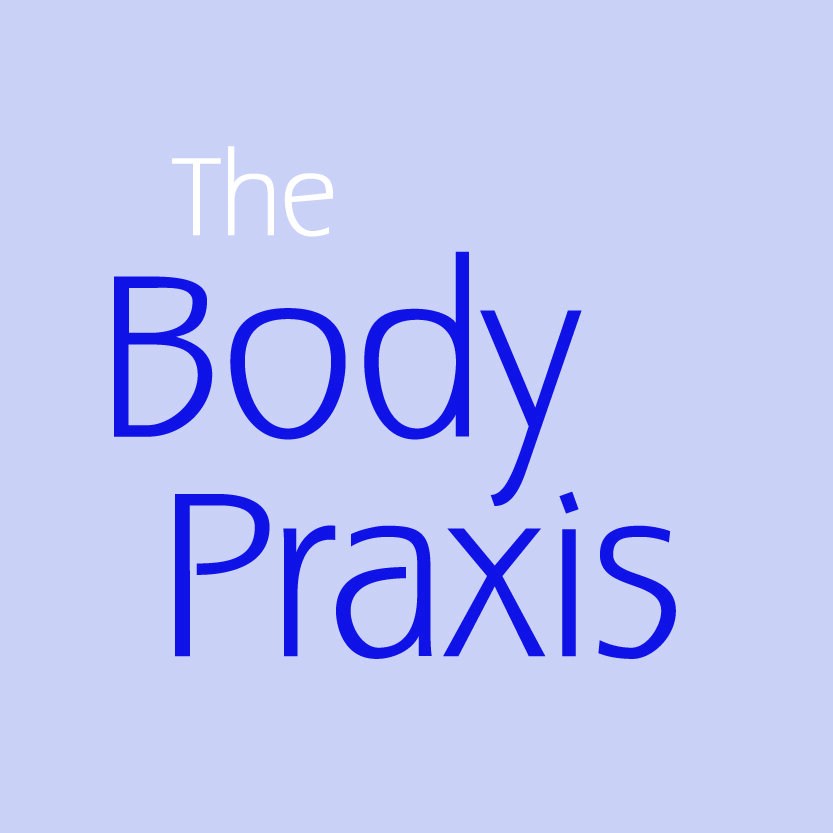3D breathing and how you can practice it
Breathing affects your energy, performance, your posture, your mobility and your stability.
Taking advantage of the full capacity of your lungs by breathing three-dimensionally is key.
What does 3D breathing mean?
As you take a breath in, your abdomen and your chest and back expand top to bottom, front to back and to the sides. Breathing in and just your belly expands or breathing in and just your chest lifts - both of those breathing patterns are suboptimal.
You don’t need to get fancy with breathing exercises to benefit.
The best way to start is to make yourself aware of how you typically breathe. Easiest way to start is to lie on your back with the feet flat on the floor and the knees bent. Support your head with a small pillow or folded towel - only if needed to get your head in line with your spine.
Put one hand on your belly at about navel height and the other one on your chest and take a normal breath in. Just notice what hand moves and to which extent. Repeat 2 or 3 times to allow yourself to notice.
Then proceed in stages: put your fingers just inside your hip bones to help you feel an upwards and downwards expansion of your abdomen as you take a gentle breath in. Take a pause, don’t rush, then breathe out. Repeat 3 to 5 times to allow yourself to feel the movement.
Then put your hands around the bottom of your rib cage (or a yoga strap or Theraband). Gently breathe in and feel how your ribs expand out to the sides. Take a pause, don’t rush, then breathe out. Repeat 3 to 5 times to allow yourself to feel the movement.
Then lay a hand on your breastbone. Gently breathe in and feel how your chest moves up into your hand as well as down into the mat you are lying on. Take a pause, don’t rush, then breathe out. Repeat 3 to 5 times to allow yourself to feel the movement.
Proceed to combine all three when you feel ready. No need to rush the breathing, no need to breathe in deeply.
You can do this lying on your back - which is the easiest way to start. Once you are ready, you’d practice this 3D breathing in whatever position you are in - sitting, kneeling, standing, during exercises, loaded or unloaded.
Thank you to Dr Evan Osar at the IMI for a wonderful webinar on this technique!

